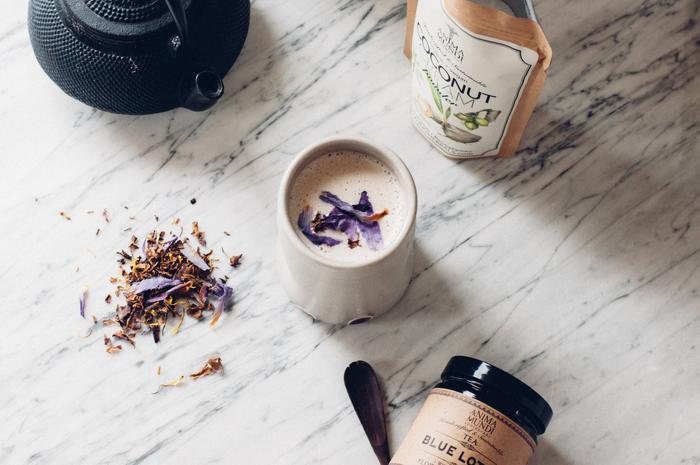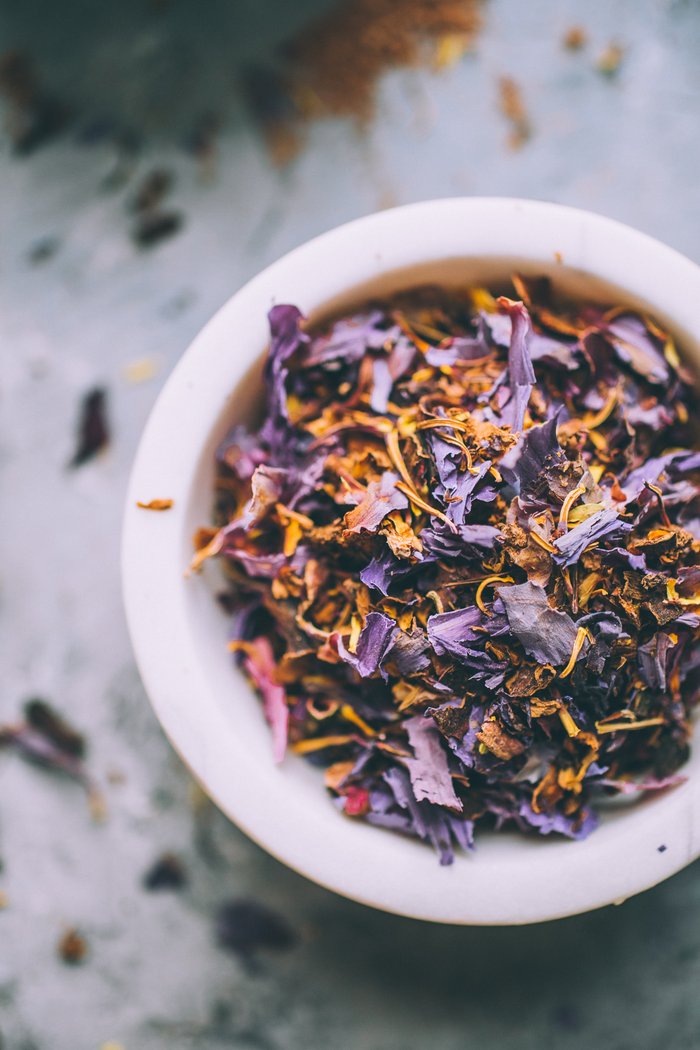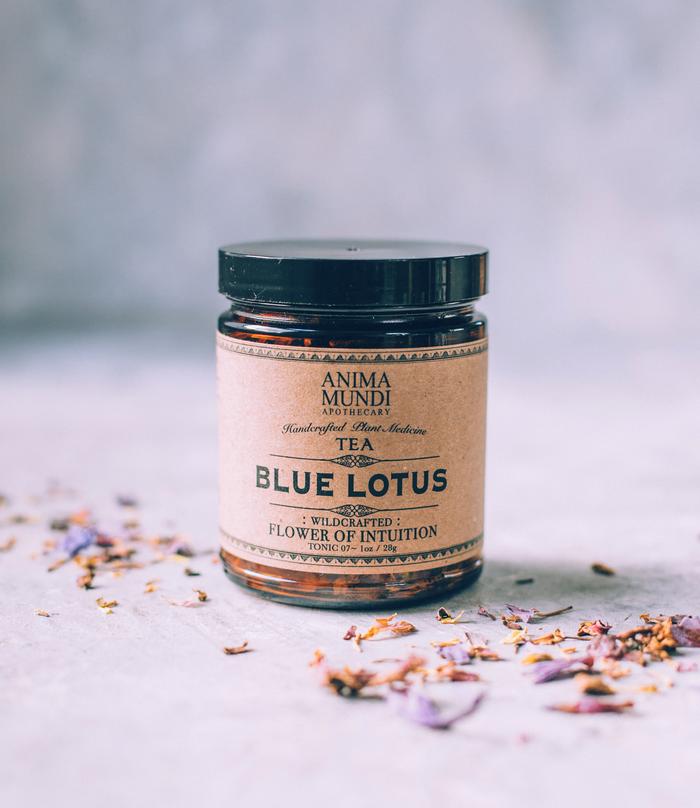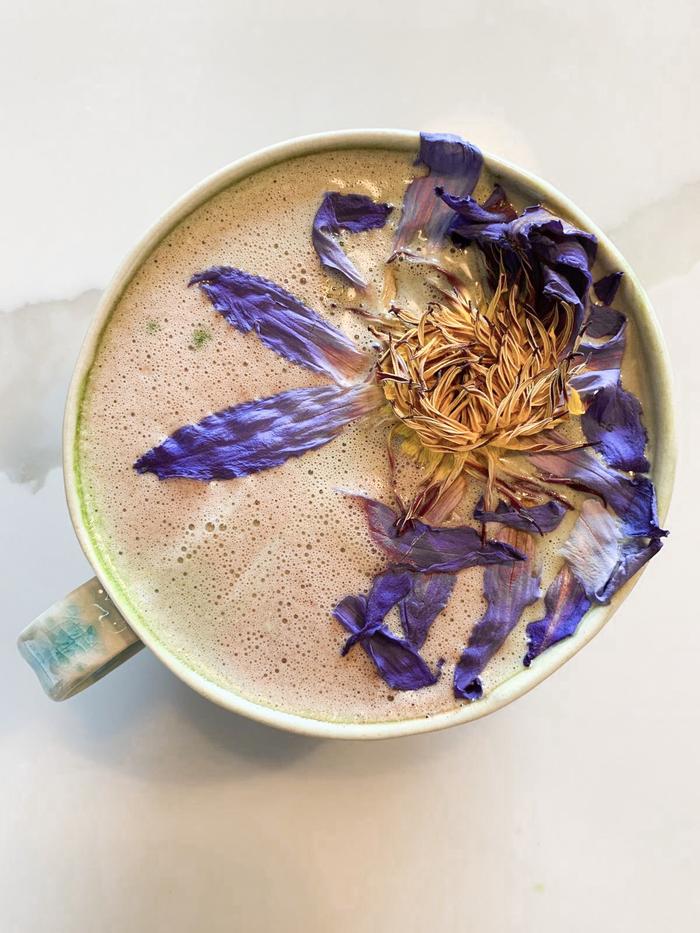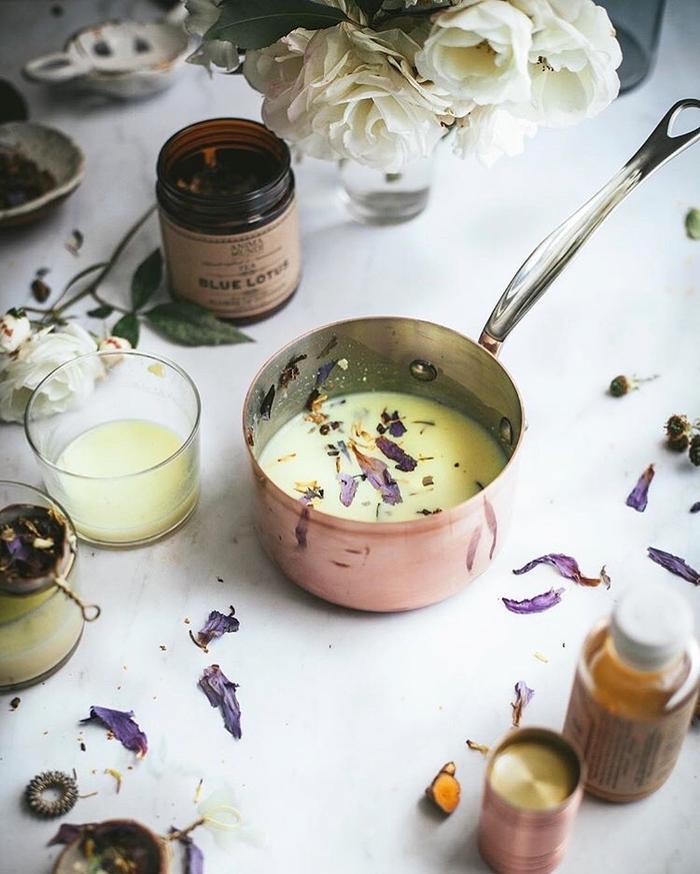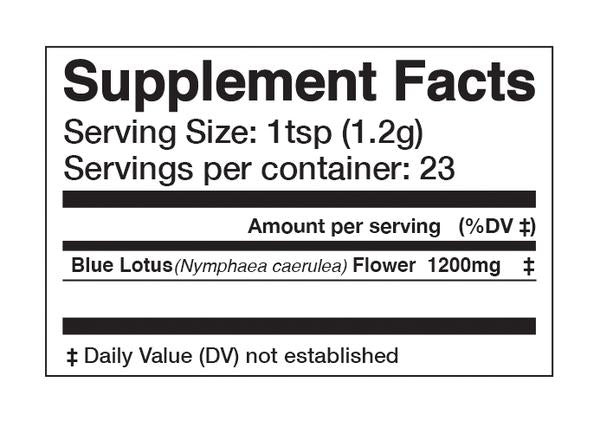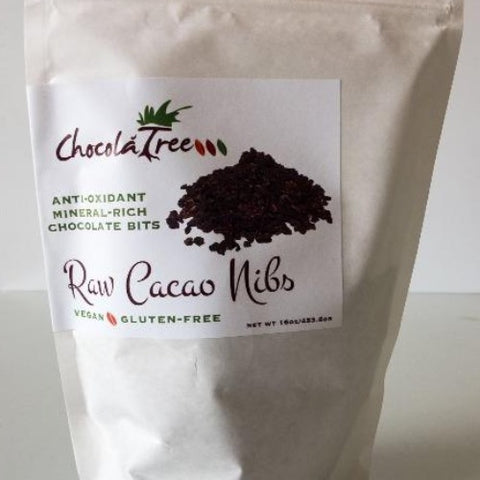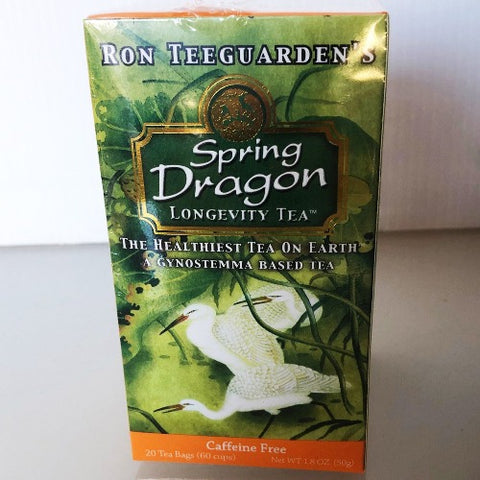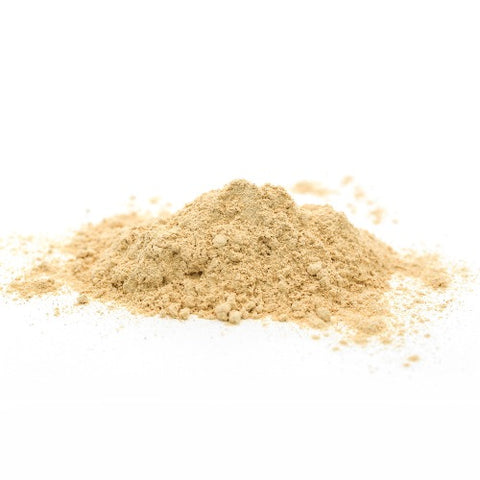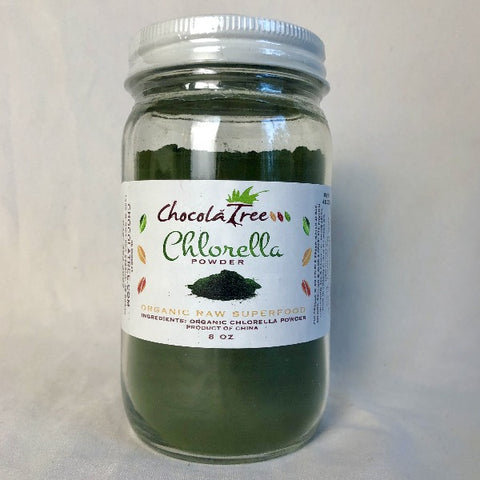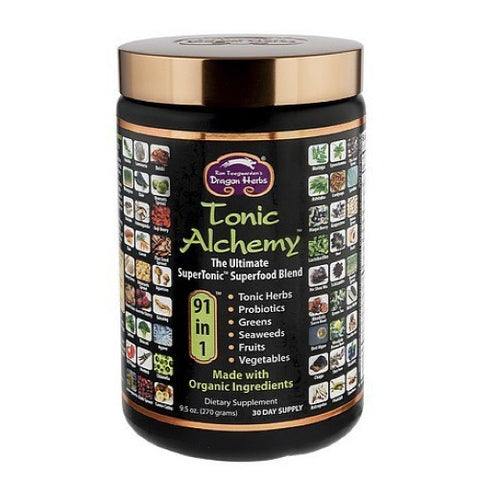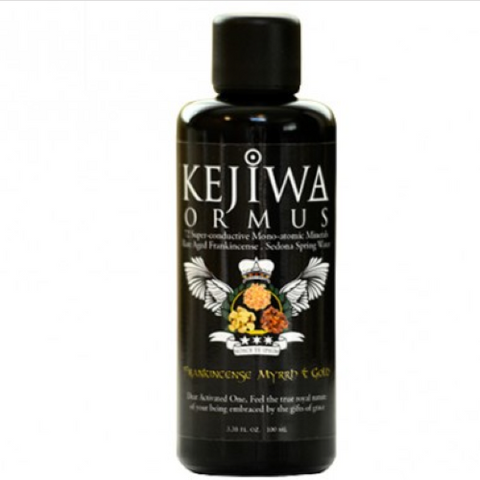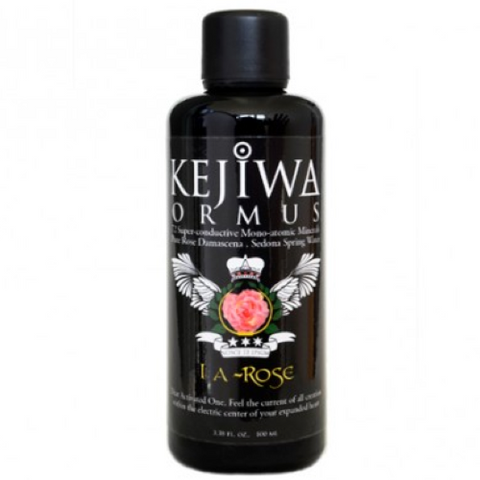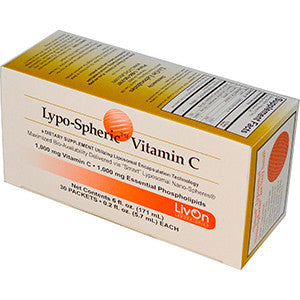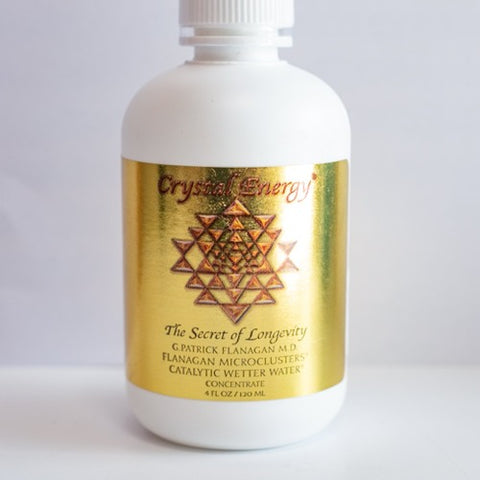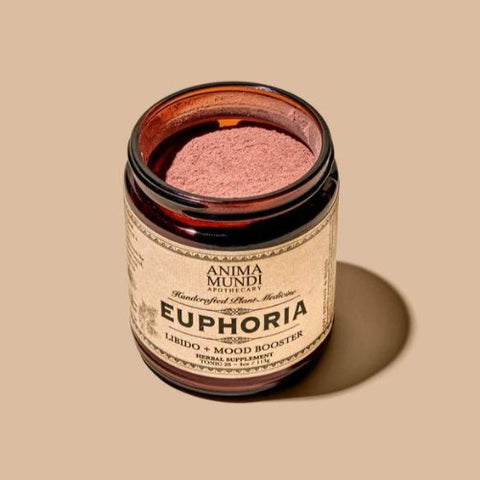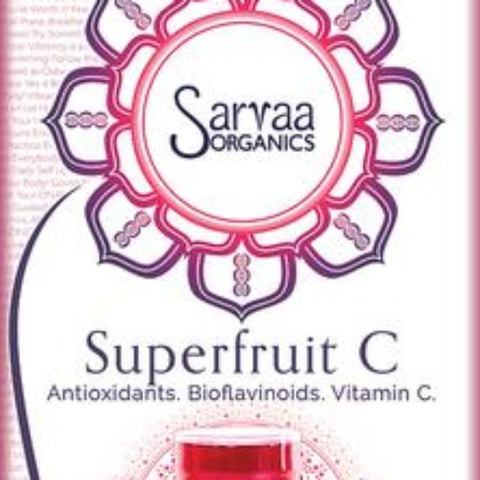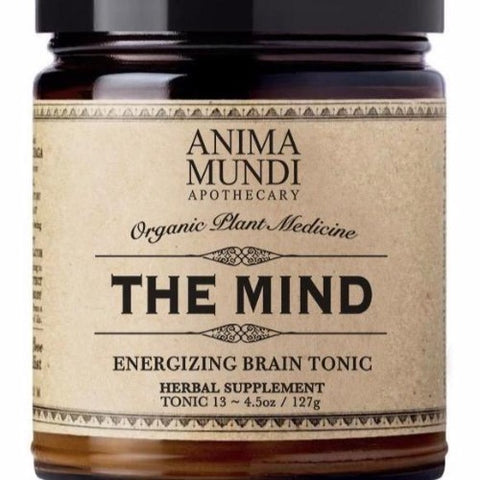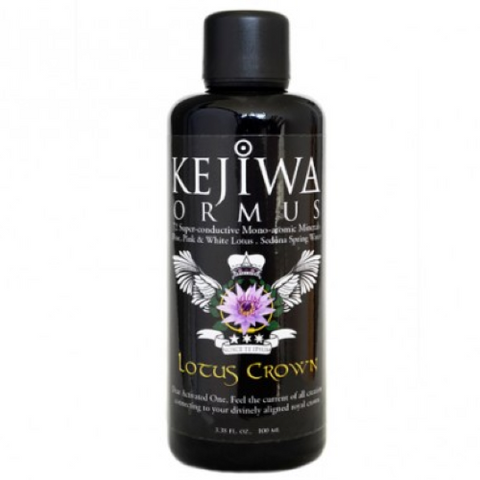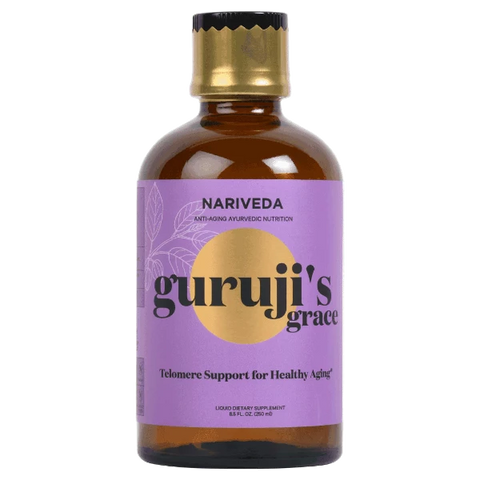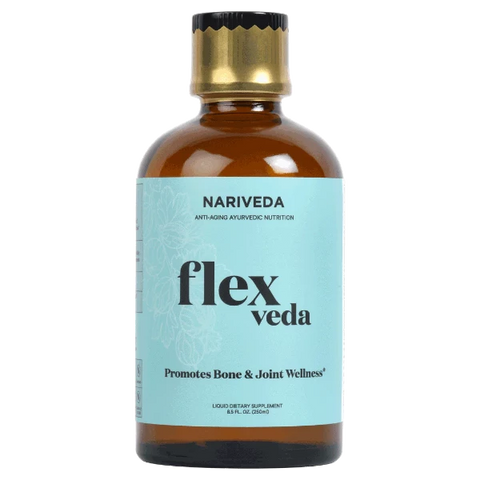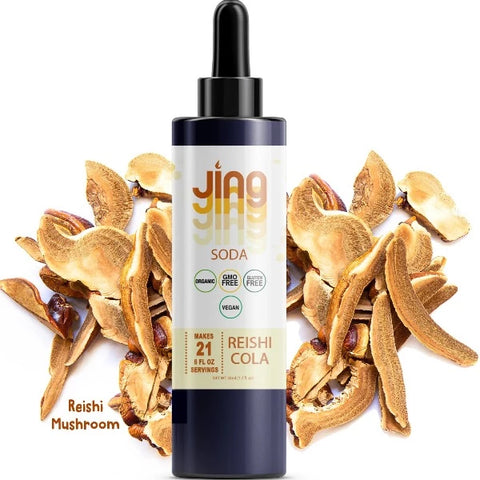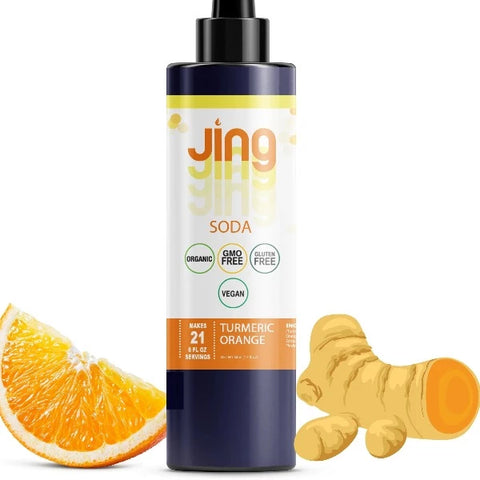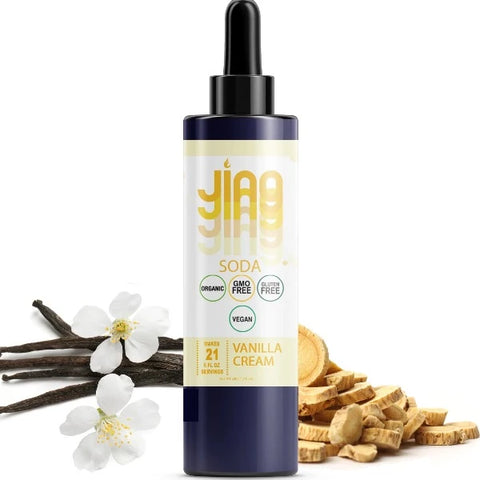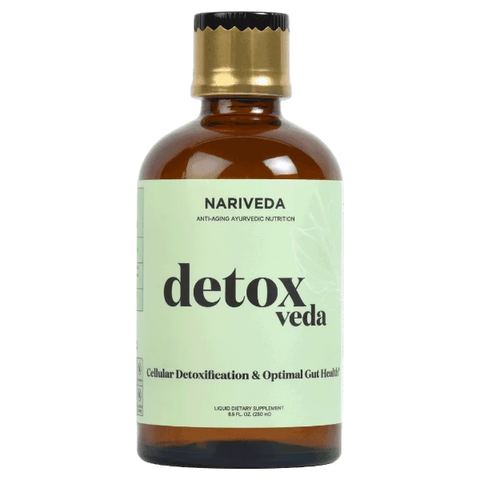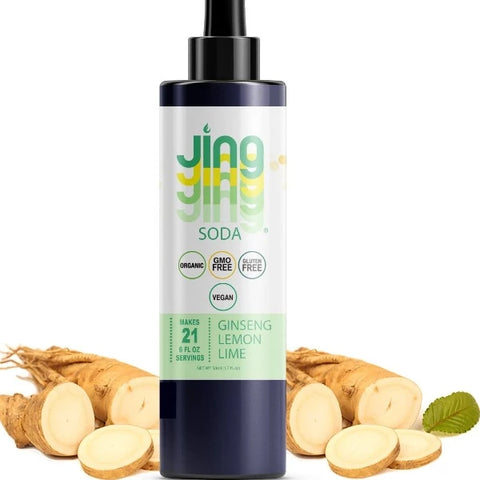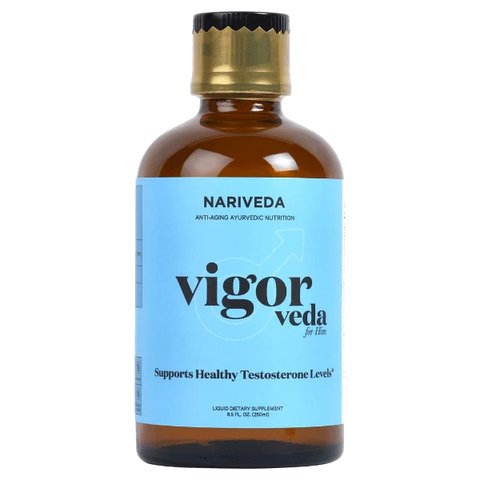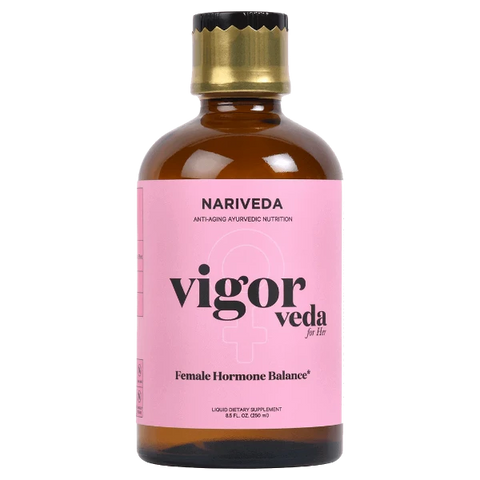Anima Mundi Tea, Blue Lotus, 1 oz
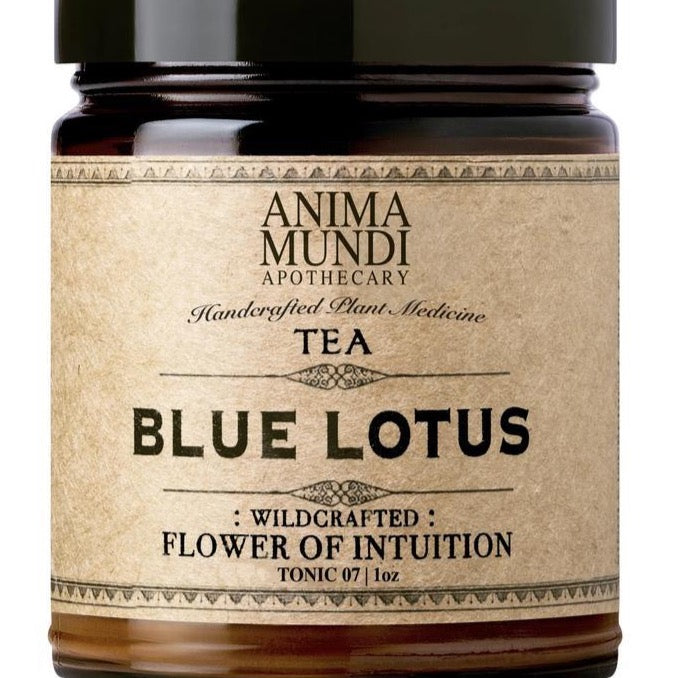
Anima Mundi
$ 29.00
BLUE LOTUS / FLOWER OF INTUITION
Blue Lotus was sacred to the ancient Egyptians. The bright-blue flowers were not only desired for their delightful perfume, but also for the relaxation and heightened awareness they induce. For centuries it has been respected as an ancestral flower known to provoke deep meditation, enhance third eye function and motivate lucid dreaming.
The effects of the Blue Lotus, or Blue Waterlily are euphoric, while cooling down the nervous system and relaxing the whole body.
And, for an interesting medical article tracing the pharmacological perspective and it’s parallel to its use in ancient Egypt, please read: “Nymphaea cults in ancient Egypt and the New World: a lesson in empirical pharmacology”
Recommended Use: To make tea, use about 1 Tbsp of petals per cup of hot water. Infuse almost boiling water into the tea pot, and allow it to infuse for about 5-7min. Remember, overdoing the amount just makes the taste bitter and you loose the subtle taste and feel it provides.
Ingredients: Ethically harvested Blue Lotus flowers(Nymphaea caerula)
*depending on the season, we receive a wildcrafted species or an ethically crafted species. We ensure that we do not purchase un-sustainably farmed lotuses as we care to support + preserve the the art and craft of this sacred flower.
Amount per container: 1oz (28g) Dried Flower
Amount of servings: 23 servings (using 1 tsp per serving)
Suggested Serving: 1/2-1tsp (we recommend everyone listen to their body intuitively and follow the dosage that resonates the most with you.)
Note: Blue Lotus has minimal to no side-effects, with a very low risk when taken in the suggested dosage, as an infusion.
*The statements on this website have not been evaluated by the FDA. This product is not intended to diagnose, treat, cure, or prevent any disease.
Read more about this beautiful flower via anima Mundi blog post below
FLOWER OF THE ANCIENTS: THE FLOWER OF INTUITION, REJUVENATION & 'APHRODISIA'
Blue Lotus, Nymphaea caerulea, is an ethnobotanical treasure that has been revered through the centuries and across the continents. From it’s emergence as a hybrid of the white lily, to its use by the ancient Greeks, the Tibetans and as far as the Alexandrian empire and eventually even to the Roman outpost known as Londonium.
In the ancient temples of Egypt, there is hardly a monument to be found that doesn’t prominently display the Blue Lotus flower. It’s seen everywhere on pillars, thrones, stone alters, papyrus scrolls, and on the ceremonial headdresses of pharaohs. When they opened Tutankhamun’s tomb, even King Tut’s mummy was covered in what has become known as the Sacred Lily of the Nile. Yet, oddly enough, if you look around Egypt today, it is rare to find this flower growing anywhere. (Yet, there are people doing it in very small scale farming in different parts of the country.)
It has generated a lot of curiosity as to know why the ancients cultivated special lakes and ponds exclusively for the Nymphaea caerulea. Many scientists unfortunately say that the only reason massive flower plantations, and carvings were elaborated, was only due to its beauty. I honestly think it goes a lot more beyond just its mere beauty.

- - - - -
TRADITION
- - - - -
So important was the Blue Lotus that they associated this flower to the God Nefertem, son of Ptah and Sekhmet, who is portrayed as a beautiful young man with a Blue Lotus flower on his head or holding lotuses. When consumed, it is said that you invoke these gods. During ancient times the plant was widely cultivated in temple lakes and along the Nile, then exported throughout the Mediterranean. This flower was revered in Greece as early as 550 BC, where the sacred sacrament of the Blue Lotus was re-introduced to the then newly formed religion of Isis and Serapis.
Even modern-day Egyptians say the blue lotus flower, symbolized creation and rebirth as it emerged from its primordial waters to bloom once a year for only 3 days. The plant was associated with the sun-god Ra as the bringer of light and the embodiment of the “perfection of wisdom.” It has also been associated as the flower of enlightenment, ensuring the entrance to heaven when ingested. Often used in ceremonies after death of a loved one, to encourage the soul to enter the light.
- - - - -
MEDICINAL PROPERTIES
- - - - -
The plant has been highly revered since ancient times, also extensively, for its medicinal properties. The plant is actually a “nervine", and “anti-spasmodic, also commonly used as a natural sedative. It contains small amounts of alkaloids highly similar to those used for sedation and anti-convulsant purposes. For thousands of years it was used in ancient Egypt as part of religious ceremonies to reach higher levels of consciousness and connect to the Divine. They would steep the Blue Lotus flowers in wine for several weeks and use it as a sacred sacrament. (Supposedly it nullifies the negative effects of alcohol.)
Blue Lotus contains nuciferan (a natural anti-spasmodic) along withaporphine, which will give you feelings of calming euphoria. For that reason, it is a natural anti-anxiety and stress reliever. No wonder it was often used in ancient social gatherings. It has been reported to be useful as an aphrodisiac and to remedy erectile dysfunction (which might explain the ancient nude party scenes depicted in some of the carvings!). Perhaps its a modern-day Viagra as well. On a more medicinal front, Blue Lotus is used to treat gastrointestinal problems, diarrhea and dyspepsia, being a great aid for sleep and helping chronic stress.
- - - - -
THE EFFECTS OF NYMPHAEA
- - - - -
A lot of users out there report the plant to have a profoundly calming and euphoric sensation (much like a subtle psychoactive, which I know a lot of you asked about this, not to worry that a regular tea will never provide this feeling, its more from hyper-concentrated formats). While others experience it more as a mild stimulant-like effect. It’s interesting how this bi-directional medicinal experience changes from person to person, much like an adaptogen. It provides that which is needed. This is why it’s associated as supreme rejuvenative tonic within ancient Egyptian pharmacology, as its natural intelligence seems to work in accordance to what’s needed. Some have used Blue Lotus to help relieve depression by opening them to greater examination of what led to their depression. With calming euphoria often comes insight—which is why the ancients prized Blue Lotus effects. It was believed that use would easily release fear and lead to increased states of cosmic connection and ultimate soul growth.
This magical elixir was concealed by the early Church for well over 1500 years. It’s true purpose long forgotten until interest re-emerged again in the mid 1800’s when archeologists began asking questions. They too wondered why temple wall carvings showed Blue Lotus flowers laying over earthen jars. No one guessed it was to steep flowers in wine for its touted euphoric and “mind altering” use.

R E C I P E
BLUE LOTUS WINE
- - - - -
INGREDIENTS:
1oz Blue Lotus
1 bottle of red wine (Tempranillo, Merlot, or choice of red wine)
Optional add ons:
1Tbsp Mucuna
1tsp Euphoria Elixir
DIRECTIONS:
1. The general ratio used is 1oz of blue lotus leaf and stamen, to 1 bottle of wine. Pour out about a half a glass, just a few ounces. This will make it possible to stuff your 1oz of lotus in the bottle.
2. Grind your petals down (you can use a mortar and pestle, coffee grinder, herb grinder, food processor or even a sharp pair of herb or fabric scissors) use a thick neck funnel to stuff your foliage into the bottle. Optional add on! Add 1tbsp of the Mucuna powder to the bottle of wine for an added dopamine kick.
3. After its all in, re-cork the bottle, and shake the bottle intensively before you place in the fridge. Keep the bottle in a cool, dark place and shake it once a day. This not only aerates the wine, but also allows more of the plant foliage to seep out into the wine itself, oxygenating the menstrual within the maceration process This is a process called “leaching” where the active contents are separated from the plant matter and absorbed into the carrier liquid (menstrum), in this case wine.
4. Keep your bottle stored well and remember to shake once or twice daily. Some people say the wine should be ready in 3-5 days, but if you want to get the most out of your wine infusion preparation, I recommend at least a week to two weeks. But if you only got to do it for 1-2 days its ok, it just wont be as strong. Make sure to properly label your bottle with the date of your infusion and the amount of lotus you used to keep track.
5. Once you’ve let your lotus extract into the wine for the amount of days you’ve chosen to, it’s time to filter. Using a fine mesh filter, or cheese cloth, or even an old t-shirt, is great. Make sure to press your muslin or cheese cloth to get every last squeeze of the lotus infused wine.
6. For you blue lotus fanatics, you’ll probably want to eat the pressed flowers. The lotus effects will come on in about the same time as the alcohol effects. Some feel more calm, relaxed and slightly euphoric when drinking the lotus wine compared to wine alone. When composing the drink, you can enjoy it as is, or top it off with blueberries, or blackberries to enhance a more fruity-sangria type flavor if you wish. Also adding about 20% sparkling water to make it more of a spritzer.
7. Optional, add 1tsp of the Euphoria Elixir to the glass, mix, add garnish of choice, and sip the magic!


